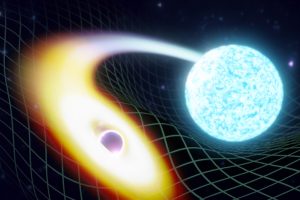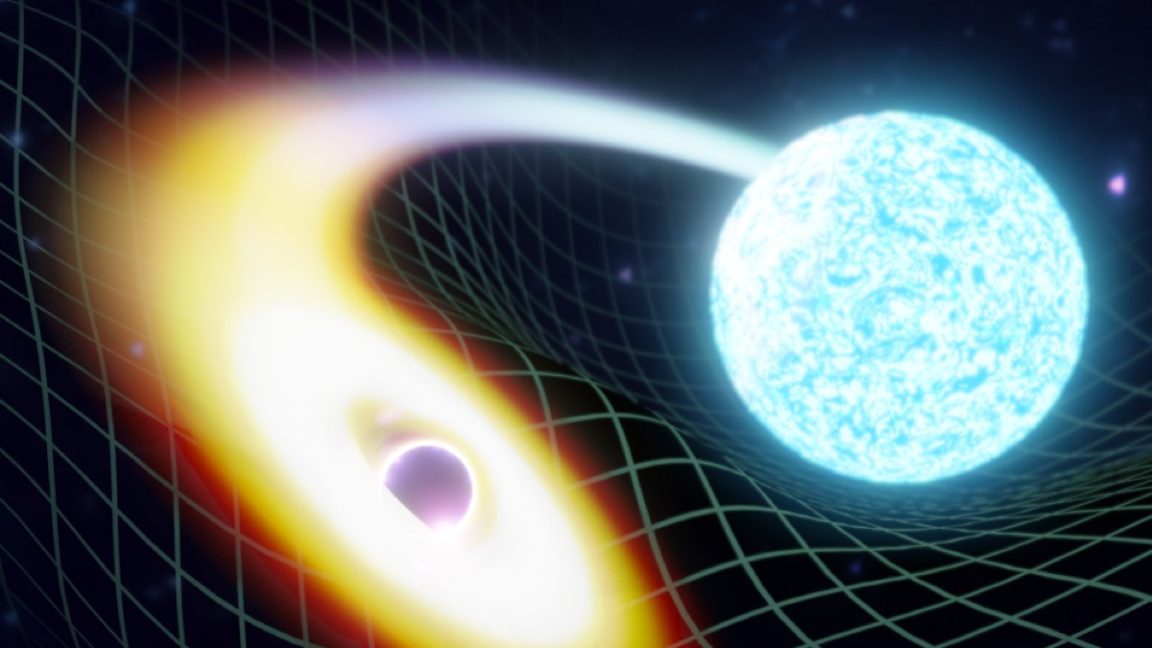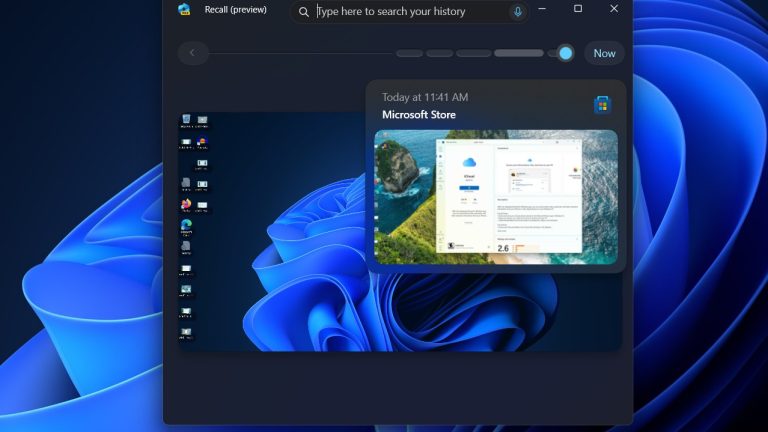The successful gravitational-wave detections just keep coming for the LIGO-Virgo-KAGRA collaboration, which has now confirmed two separate "mixed" mergers between black holes and neutron stars, sending powerful gravitational waves rippling across spacetime. Those signals were detected last year by the collaboration, just 10 days apart. A year and a half later, the events officially constitute the first confirmed detection of mixed mergers, as described in a new paper published in The Astrophysical Journal Letters.
"With this new discovery of neutron star-black hole mergers outside our galaxy, we have found the missing type of binary," said co-author Astrid Lamberts of CNRS, a researcher on the Virgo collaboration in Nice. "We can finally begin to understand how many of these systems exist, how often they merge, and why we have not yet seen examples in the Milky Way."
LIGO detects gravitational waves via laser interferometry, using high-powered lasers to measure tiny changes in the distance between two objects positioned kilometers apart. LIGO has detectors in Hanford, Washington state, and in Livingston, Louisiana. A third detector in Italy, Advanced VIRGO, came online in 2016. In Japan, KAGRA is now online, and it's the first gravitational-wave detector in Asia and the first to be built underground. Construction began on LIGO-India earlier this year, and physicists expect it will turn on sometime after 2025.
To date, the LIGO collaboration has detected dozens of merger events since its first Nobel Prize-winning discovery, all involving either two black holes or two neutron stars. Most recently, last year, the collaboration announced the detection of two more black hole mergers. One was the most massive and most distant black hole merger yet detected, and it produced the most energetic signal detected thus far. It showed up in the data as more of a "bang" than the usual "chirp." The detection also marked the first direct observation of an intermediate-mass black hole.





 Loading comments...
Loading comments...
